History of Plattoga Ranch
The land had not been surveyed when John “Jack” Kurtz homesteaded the Plattoga Ranch. John was referred to as a squatter, because without the land being surveyed he was forced to guess where his 160 acres were. He had a pretty good idea where his land laid and so he settled there with his family. The land was finally surveyed in 1879, and he soon knew exactly what he owned.
John Kurtz was a very driven man. He not only ranched, but he also worked as a blacksmith. John was also very interested in a mine that he had found in 1880. He was sure that someday it would become a mine with a lot of money involved, so he worked for seventeen years trying to make something out of it. He became so involved with the mine that he had to mortgage his ranch. Despite the loss of his ranch, John was still determined to find a partner for his mine. Finally in the late months of 1897, John found a partner and the copper and gold mine opened as the Kurtz and Chatterton Mine.
The ranch however, was now in the hands of Benjamin Ridding. His father owned the ranches near Plattoga and Benjamin was his only living son. Benjamin’s father influenced him to purchase the ranch. Benjamin ran the ranch for many years, and then passed it to his daughter Ruth who married Russell Baldwin. They eventually sold the ranch to Wilcox and Choate. They sold in the 1950’s to Fred Glenn. Glenn ran the ranch for quite some time and then sold to Gary Jenny. Jenny sold the ranch to John Andrikopoulos. John Andrikopoulos eventually sold the ranch to Bob Magness of TCI. In 1999, Bob Magness sold the Plattoga Ranch to John Malone, and it became part of the Silver Spur Land and Cattle, LLC.
The Story of the Trowbridge is taken from the publication of
Saratoga & Encampment Wyoming
An Album of Family Histories
It was produced as A Wyoming Centennial Lasting Legacy Project by The Joint Centennial Committee of Saratoga and Encampment, Wyoming Album was designed by the Portfolio Publishing Company and Printed by Pioneer Printing, both in Cheyenne, WY in 1989.
TROWBRIDGE by Marietta Trowbridge Dineen
ELTON [1904-1974]
IRENE (KOHR) [1903- ]
It was drought conditions in Nebraska and Irene’s allergies that brought Elton and Irene Trowbridge to the Platte Valley in 1936.
Elton Trowbridge, who had pioneered during the 1870’s near Page, Nebraska. Elton had$25.00 in his pocket when he set out for Lincoln to attend Nebraska Wesleyan, where he was an outstanding athlete, setting records in long distance track events. He was teaching and coaching in Superior, Nebraska, when he met and married the math teacher, Irene Kohr.
(Anna) Irene Kohr was born November 12, 1903, in Nuckolls County, Nebraskao, on the farm George and Mary Kohr had homesteaded in 1872. She attended Sterling College in Kansaas nd the University of Nebraska.
Elton and Irene were married May 21,1927. A daughter was born October 17,1929, and named Marietta to honor her grandmothers, Mary Kohr and Etta Trowbridge. Thomas Edward was born December 18, 1930. That same year the Trowbridge family returned to the original Kohr farm where Irene could continue to care for her invalid mother and Elton could manage farming activities. Dust bowl conditions intensified and Irene’s allergies worsened!
In 1934, the Trowbridges accepted Bill Powell’s invitation to visit his ranch near Saratoga. Powell had moved from Nebraska several years earlier. It was love at first sight-the scenic mountains, abundant water and fertile soil! Elton and Irene could see the promise of a future here and began negotiating for the Al Hopkins Ranch on Cow Creek.
The family arrived at the YL Ranch on March 21, 1936. It had been difficult to pull t1p their deep roots in Nebraska. They traveled in a 1929 Chevrolet and pulled a trailer filled with precious cargo. Irene remembers carefully packing jars of home-canned delicacies in Elton’s seed barley. A truck carrying furniture and livestock arrived a few days later. Weather for the journey had been clear and pleasant, but March 22nd brought a heavy snow.
By Easter Sunday spirits were at an all-time low! The family set out for church services in Encampment, but became hopelessly mired in the mud. Elton walked back to get the Farmall tractor with its metal wheels and lugs to pull the car home. The challenge to build a life in Wyoming had begun!
The ranch had at one time been a stagecoach stop. In 1936, one could still ride the old route from Cow Creek to Saratoga without crossing a fence. The building used as a cookhouse for the stagecoach passengers had become the bunkhouse. On its dirt roof grew cactus that bloomed profusely each spring. The family dwelling was a four-room house built of logs. There was no electricity. Water was available from a hand pump in the yard.
The ranch had wonderful irrigation rights and Elton knew farming. Soon the fields were lush green with alfalfa and small grains. Some areas in the meadows were too wet for utilization. Elton used dynamite to blow dirt sky high leaving a ditch which drained the water back into Cow Creek. After the pieces of sod were gathered the bog became a productive hay field.
The depression continued! Commercial Herefords didn’t provide the necessary income. In 1939, the Trowbridges bought a small herd of Holstein cows and started producing milk. This meant a ”milk check” every two weeks! The milk was placed in ten-gallon cans which stood waiting for the milk truck, an International with a square cargo space built of plywood and filled with rattling empty cans, which were returned to be filled for tomorrow’s pick-up. Oscar, and later Melvin Priquett gathered milk from numerous ranches for transportation to Rawlins the Carbon County Creamery or Adams Dairy. Oscar also provided mail service and sometimes even bus service.
When the dairy operation was soldin1957, the much enlarged herd was producing over 150 gallons daily. Originally the cows were milked by hand, later by machine powered by a gasoline engine, and then electric ity came to the valley!
Elton devoted a great deal of time to com munity service! He was on the school board, a Farm Bureau officer at the local, county and state levels and a member of Wyoming’s first soil conservation district. Elton served seven terms in the Wyoming House of Representatives but perhaps his greatest contribution to the valley was initiating a movement to bring electricity to the ranches.
On December 7, 1941, the day the Japanese bombed Pearl Harbor, Trowbridge was in Washington, D.C., to finalize plans with the Rural Electric Association to build the Carbon County project. Power was turned on in 1943! It changed a ranch family’s way-of-life with lighting, refrigeration, iundoor plumbing, and power for a multitude of ranch chores. Trowbridge was the first president of the Wyoming R.E.A., was Wyoming’s representative on the National Board for eight years and served continuously on the Board of Carbon Power and Light until his death.
Both Elton and Irene were elders1n the Encampment Presbyterian Church. They always taught Sunday school classes and sponsored the original Mariners Club. Irene was chosen to be Wyoming’s representative in the national Presbyterian General Assembly.
The couple derived great joy from their rose garden and the sweet peas that covered the picket fence leading to the back door. In the early 1950s, the Trowbridge yard was chosen as the Sweepstakes Winner in the Garden Club contest. Irene not only was a conscientious homemaker, but a partner on the ranch. She helped with the milking morning and night and always worked in the hayfield. Mrs. Trowbridge returned to teaching in 1947 ”to put the kids through college”, but didn’t completely retire until 1970. She loved the students and always planned to teach ”just one more year.”
Irene served as county and state president of the Extension Homemakers Club and received their Quealy Award for Outstanding Leadership. She was a Wyoming delegate to the Country Women of the World in 1953. However, she took greatest pride in the accomplishments of the local Homemakers Club during her presidency in 1939 when members started the school hot lunch program. They actually cooked and served meals until this program was adopted by the school system.
Irene was on the founding board of Wyoming Blue Cross and Blue Shield (1953-1964). She served on Valley Community Services and the Saratoga Senior Citizen’s Advisory Council. Receiving the Saratoga Chamber of Commerce 1981 Citation for Community Service was a meaningful tribute for a lifetime of volunteerism.
Marietta and Tom have many wonderful childhood memories-including driving a team of horses in the hayfield, hunting deer and antelope, Skyline Camp and the county fair, but the most vivid is of Berries and her many off-spring. Berries was a Shetland pony who also moved from Nebraska in 1936. After providing years of pleasure it seemed she should continue to brighten the lives of the children. She was sold to Dr. Wilson for his three daughters. Apparently Berries didn’t like city life and each time she could escape she headed south. She did not follow the highway but traveled through the sagebrush along the old stagecoach road. She would stand at the gat and whinny. When the gate was opened she would put her tail in the air and run through the meadow as if to say, ”This is home!” She last returned on Easter Sunday 1952.
The YL Ranch was fourteen miles from Saratoga and eight miles from Encampment but had been consolidated into the Saratoga School District. Marietta and Tommy rode the bus daily. Marietta was very active in school activities and in 4-H. She won both the state home economics judging and livestock judging and was chosen to attend the National 4-H Club Camp in Washington D.C.
Marietta graduated from the University of Wyoming where she was president of her sorority. There she met her husband, William Dinneen, of Cheyenne. The couple have two children, John William and James Trowbridge. Marietta has lived in Cheyenne since 1951 and has become well-known for her ci vie endeavors. In 1985, she was honored by the Chamber of Commerce as Cheyenne’s Person of the Year.
In 1964 Elton and Irene moved from the ranch on Cow Creek into Saratoga where they purchased a home at 122 West Hickory. They always moved to the upper ranch during the summer months. Elton continued to help Tom with the ranch work; however, selling insurance became his main occupation.
Elton Trowbridge passed away April 9, 1974, at the age of 69. The Casper Star Tribune noted that he had attended a Wyoming Highway Commission meeting in Cheyenne to speak on behalf of Saratoga residents in regard to proposed work on the highway between the community and the inter change on Interstate 80 and stated ”Representative Trowbridge characteristically spent his last day of work on behalf of his constituents.” Irene Trowbridge continues to live in their Saratoga home.
Trowbridge
Elton and Irene Trowbridge bought the YL Ranch in 1936.The ranch at one time was a stagecoach stop. In 1936, the building used as the cookhouse for the stagecoach passengers, was changed into the bunkhouse. The roof of the new bunkhouse was sod and on it grew cactus that bloomed profusely each spring. The family built a log four room home, which had no electricity or running water, but had a hand pump out in the front yard.
The ranch consisted of750 acres of which 250 acres are irrigated. The ranch had wonderful irrigation rights. It even had too much water in spots, so Elton used dynamite to create a ditch. The ditch that Elton created drained water into Cow Creek. The fields were soon lush and green with alfalfa and small grains. It produced 300-400 tons of alfalfa per year.
The ranch started out raising Commercial Herefords, but they didn’t provide necessary income. In 1939, the Trowbridges bought a herd of about 35 Holstein cows. The ranch became a dairy farm. Milk was placed in ten-gallon cans, and was hauled to the Carbon County Creamery or Adam Dairy in Rawlins, Wyoming. When the dairy operation was sold in 1957, the enlarged herd was producing over 150 gallons of milk daily.
In 1956, the Trowbridges purchased the Lloyd Bashore Ranch five miles south west of Encampment. This ranch furnished pasture to compliment the productive Trowbridge Ranch on Cow Creek. The dairy farm, which the family had operated since 1939, was dispersed at an auction in 1957. Marketing had become a problem for the valley milk producers, and with the purchase of the additional land, it was an opportune time to change from Holstein cattle to Herefords for the Trowbridge family. Tom Trowbridge, Elton’s son, ran the ranch until 1972. He sold it to Allen and Jill Holbert in 1971. Holbert’s split the ranch with John Crowes, whom eventually sold to John Malone, and it became the property of the Silver Spur Land and Cattle, LLC.
History of Elk Horn
In 1883, Charles Wilcox traveled alone to the Encampment valley.He decided to leave his wife in Iowa until he got settled on “71” of the 17 Ranch. The Swan Land and Cattle Company owned the L7 Ranch, and Charles was hired as a ranch hand. He worked for a year, and in 1884, he decided that he was settled enough for his wife to join him. Mary Wilcox, Charles’ wife, and John Wilcox, Charles’ brother, moved to the 17 Ranch. John and Charles Wilcox worked for the Swan Land and Cattle Company until it moved to Little Snake River, Wyoming.
After Swan’s moved, Charles and John Wilcox both homesteaded different ranches in the Encampment area. John Wilcox homesteaded a ranch, which is now known as the Hanging Bull Unit of the Silver Spur Land and Cattle, LLC. From the time that John had been working on the L7 Ranch, he frequently discussed his bewilderment that the ranchers in the area did not use fences. He hesitantly allowed his own cattle on the homestead to move about without fences, and was amazed that they would go long distances and always return. The homestead alone was not producing enough income for John, so he did a number of other things for extra earnings. One of the most significant things John did was build a stable in Saratoga. John Wilcox married Emma Baggott.
Emma was an only child, and her parents owned the Baggott Ranch. Emma’s parents wanted the Baggott Ranch, now known as the Flying Diamond, to remain in the family. In order for John and Emma to manage the Baggott Ranch, they had to sell John’s homestead and move. They sold John’s homestead to Loski D. Peck, and moved to the Baggott Ranch. L. D. Peck was from Minnesota, and like John, in order to support himself, he had to do construction work as well as ranch. L. D. Peck was a very social man, and the Peck family had many Sunday Rodeos for the neighbors to attend. L. D. Peck also held dances and in the fall, and he would hold book trades at his home on the John Wilcox homestead. Roy, L. D. Peck’s son, soon took over the ranch with his wife Ella. They built a white house that is currently the nucleus to the Hanging Bull Lodge of the Spur Outfitters. Roy and Ella Peck sold the ranch and their house to Laurence Needham around 1945.
Charles Wilcox homesteaded what is now known as the Elk Horn Ranch. The ranch didn’t bring Charles quite enough income to support his family, so Charles also drove the Stagecoach from Walcott to Encampment. The Stagecoach was known as the Scribner Stage. Charles sold the ranch in 1926 to William J. Horn. William ran the ranch, as well as a dairy, on the land. He ran 25 to 30 head of dairy cows. William had a love for ranching, and he wanted to ranch as long as possible. However, in 1945, he had a heart attack and passed away. The ranch was passed to William’s daughter and son-in-law, Leona and Huston Evans. Leona and Huston purchased John Wilcox’s homestead, because Laurence Needam was selling it, and at that time it adjoined the Elk Horn Ranch. Leona and Huston Evans ran the two homesteads from 1945 to 1971. They then sold to Alan and Jill Holbert. After divorcing, the ranch carried over to Jill who remarried John Crowe. Jill and John Crowe eventually sold the ranch to Bob Magness ofTCI. Then, it was sold to John Malone and it became part of the Silver Spur Land and Cattle, LLC.
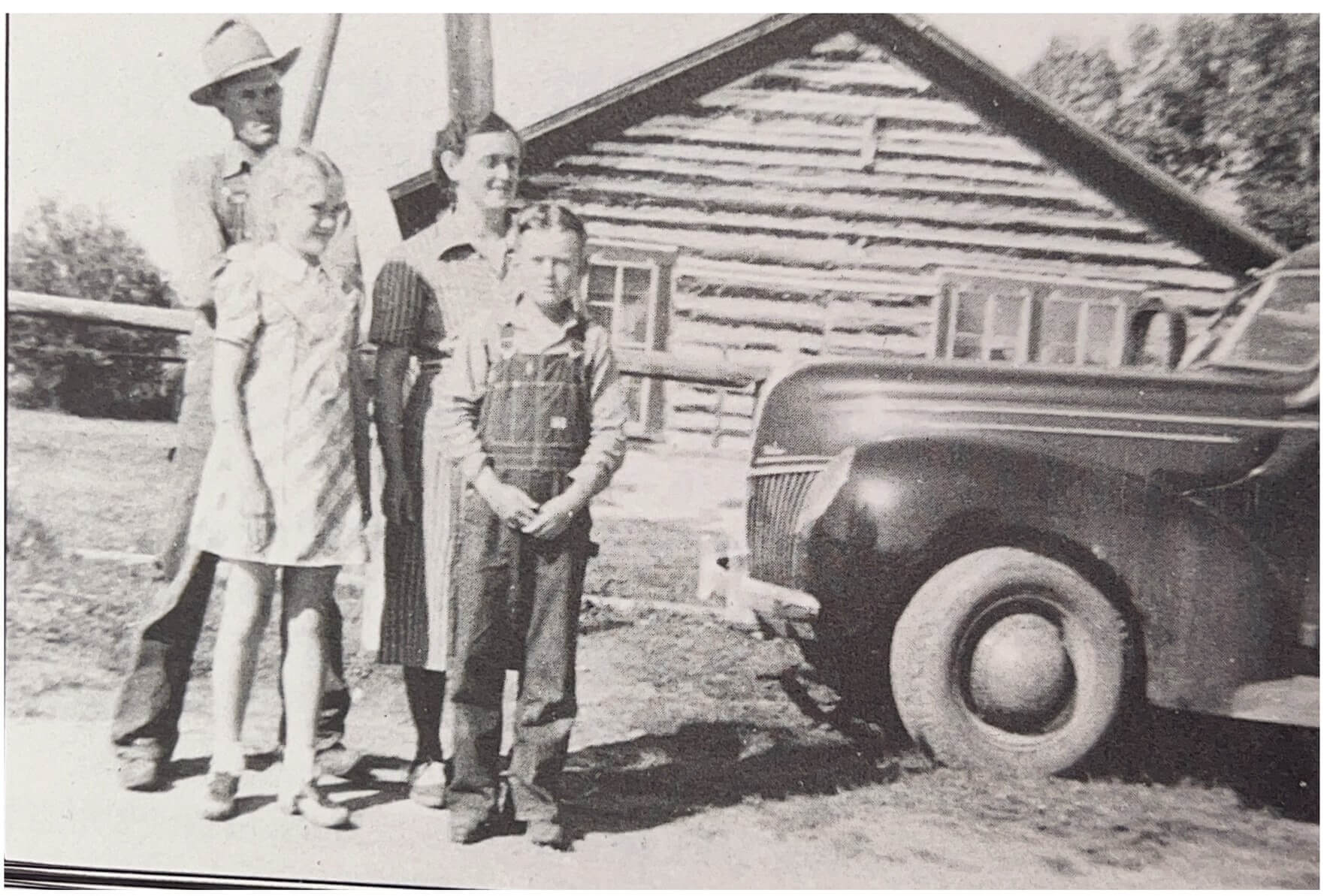
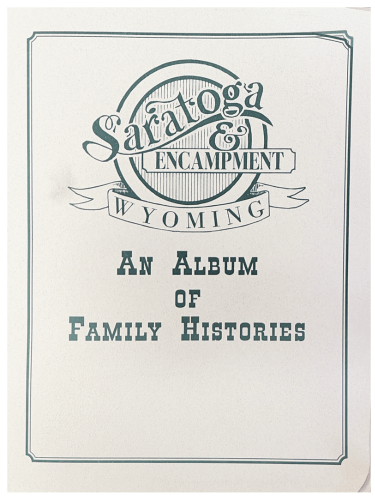
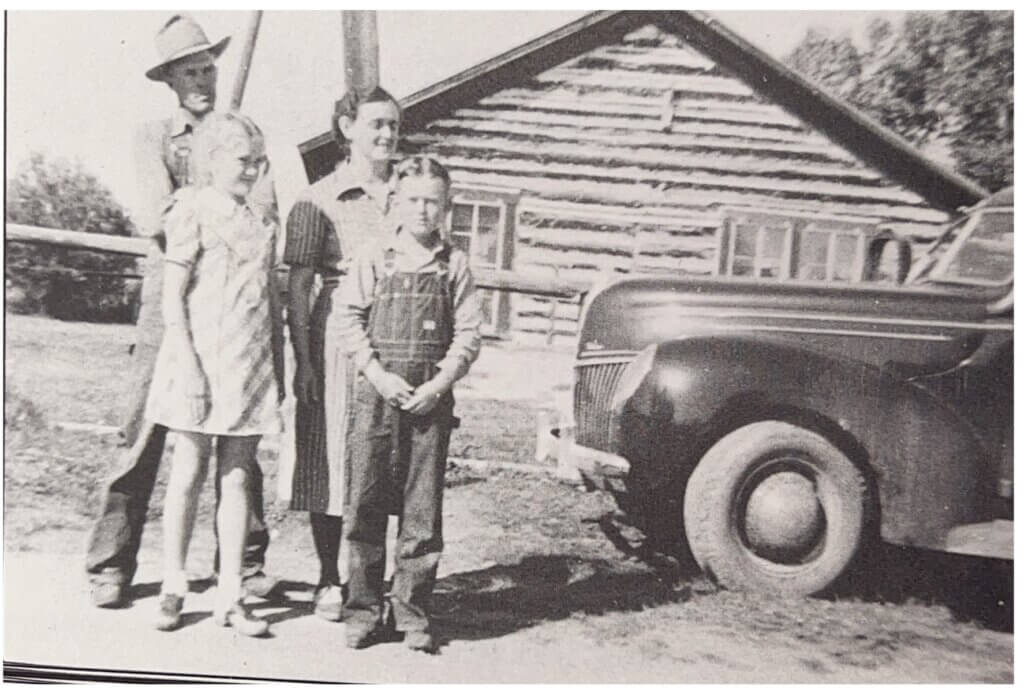
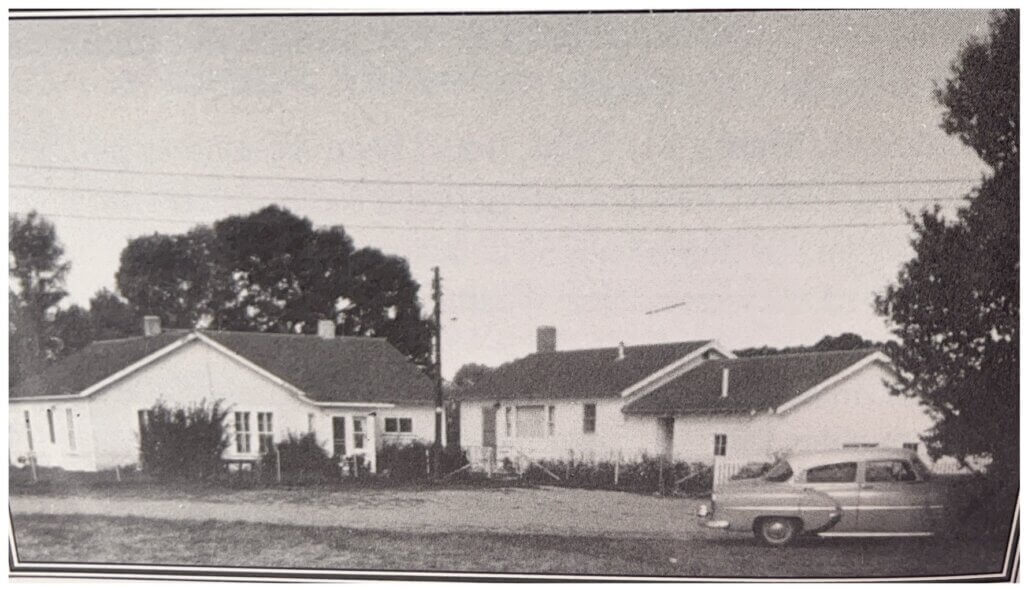
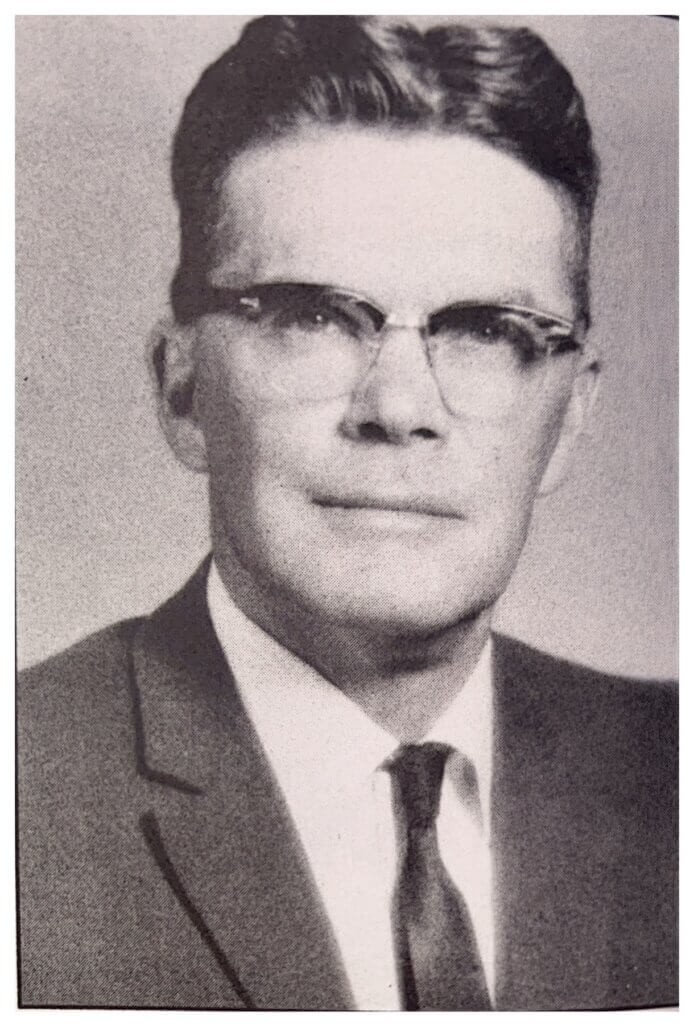
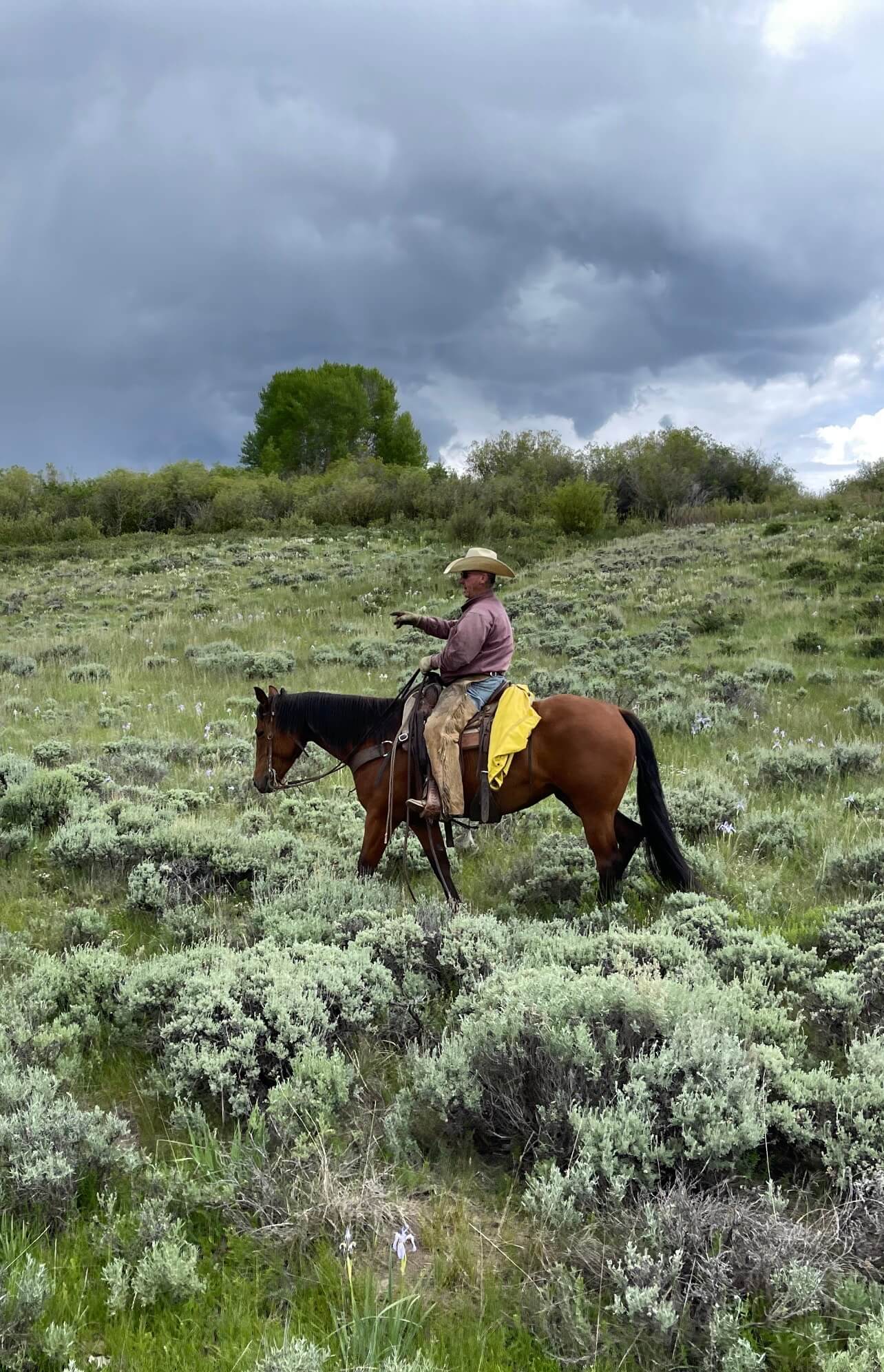
leave a comment!
Comments